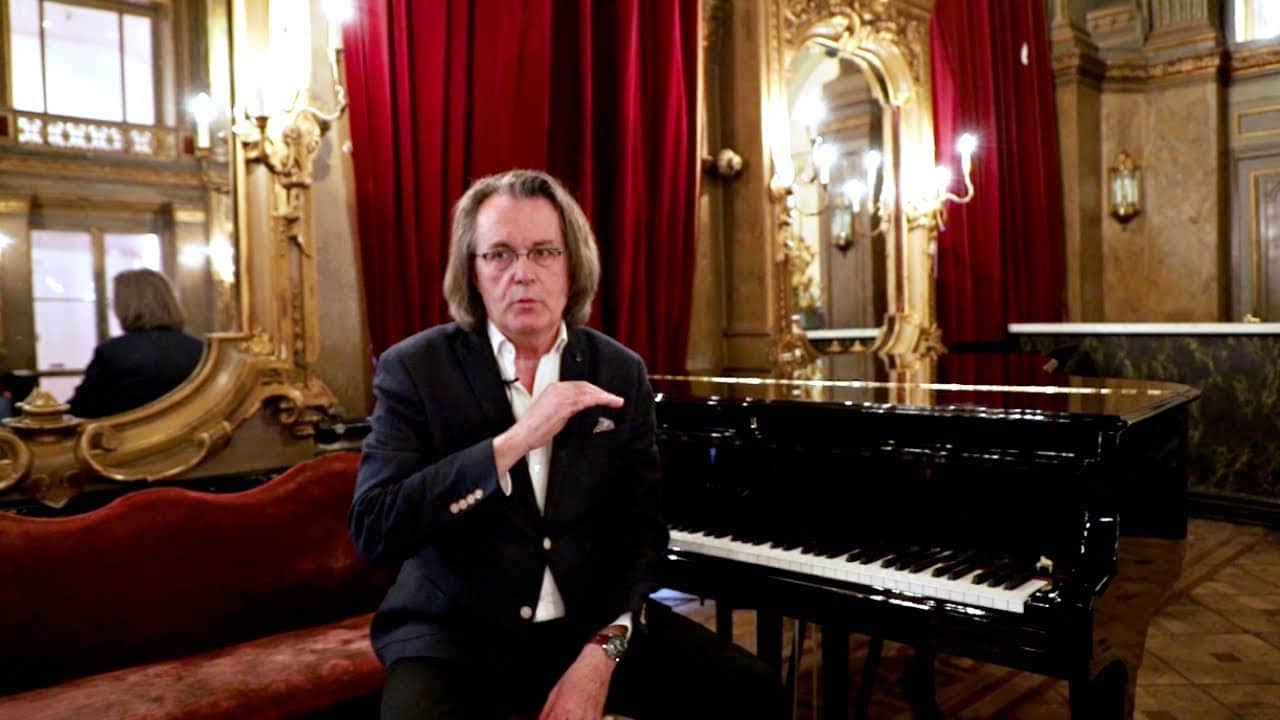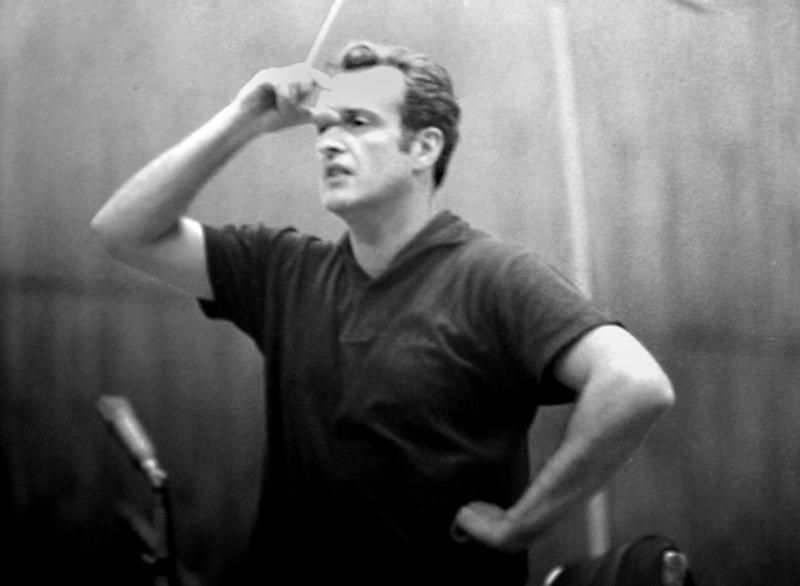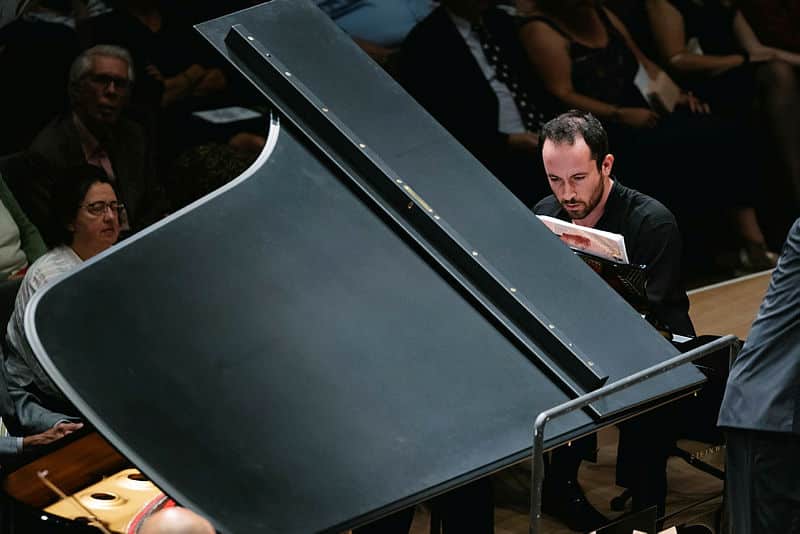Macron chooses $1 million worth of modernism
mainThe French president has personally chosen the German plastic artist Anselm Kiefer and the French composer Pascal Dusapin to instal a new work at the Pantheon tomorrow, at a ceremony commemorating the fallen of the first world war.
Macron is said to have known exactly what he wanted.






Why not Eric Tanguy …?
This combination of artists is an excellent choice, since the occasion is a typical terrible 20C one, the first civil war of Europe which led to immeasurable misery and an effective follow-up in 1939. Dusapin and Kiefer puffickly represent and describe the mood and mindset of the last century, the loss of faith in the better faculties of man and in any transcendental value, and the nihilistic rejection of hope, of beauty, of meaning and purpose. The ‘fallen of WW I’ will be buried for the 2nd time with such symbolism.
Macron seems to have understood very well what the occasion deserves.
For any cultural hope in the 21st century, very different symbolism would have to be found, in accordance with his vision for Europe: ‘Renaissance’.
https://storage.googleapis.com/en-marche-fr/pole_idees/Programme%20Renaissance%20E%CC%81lections%20europe%CC%81ennes.pdf
PS
Unhappy and depressed Dusapin explores 20C nightmares, feeling-out the boundaries of music where it collapses into isolated sounds, but clinging with his finger nails at the edge of the abyss:
https://www.youtube.com/watch?v=wLY-gcRypLk
The octotonic repetitive filling-out of the diminished septime chord is then a good means of creating the impression of hopelessness that Dusapin is after. One can hear, under the colourful surface, the longing for music and the despair that it is no longer possible in our modern times.
The mood is comparable with a sonic artist totally at the opposite of the spectrum: Morton Feldman, who said in an interview: ‘My work is about Schubert being dead’. In other words: we lost our innocence for creating music.
Freud and Jung would have had a field day.
Meaningless verbage John, can you not write more concisely
Yes, I know it’s hard. Simple version:
Dusapin and Kiefer create despair and are thus a good choice for commemorating fallen heroes in WW I.
Dusapin wants to write music but does not dare, hence the constipation and despair.
An even short version:
Kiefer & Dusapin = dark night
This is a waste of money and utter bollocks.
Yes Ulick, that sums up modern music succinctly. They would not know their Allegri from their William Byrd to be sure. Thank god for the Gentleman of Her Majesty’s Chapel Royal.
I wonder whether those who take upon themselves to denigrate [1] these artistic choices have read but a single line of the author to whom the commemoration is dedicated [2], namely, Maurice Genevoix.
[1] Denigrate: given their evident ignorance of this major French writer, his oeuvre and vita, the philistines cannot be said to criticize; they just denigrate.
[2] Mr. Lebrecht’s headline and short text is somewhat misleading: the Panthéon ceremony is expressly dedicated to the writer Maurice Genevoix, as a literary representative and memorialist of the generation that was slaughtered in ’14-’18. His opus magnum, “Ceux de 14”, presents an antithesis to Ernst Jünger’s “Stahlgewitter”. The Anselm Kiefer installation is a striking reference to “Ceux de 14”; often quite literal, if one takes the time to look at it with open eyes instead of dismissing it out of hand.
As for Pascal Dusapin, this extract from the Genevoix version of the “Roman de Renard”, published two decades after “Ceux de 14”, shows why this particular composer is an apt choice as the musical counterpart of Genevoix’ style and spiritual world:
« Pourquoi faut-il que ce pays béni, plaine et bois, cette terre de paradis où chaque fossé abrite son lièvre, chaque raie d’éteule sa perdrix, où le grand brochet des douves se chauffe sous les nénuphars, où les anguilles se coulent la nuit dans les rigoles des herbages, pourquoi faut-il qu’il soit gâté par ces présences abominables, ces dents, ces flèches, ces pièges aux ruses diaboliques, aux traîtrises toujours renouvelées, collets, plateaux, pantières, chausse-trappes et trébuchets, toutes ces choses qui assomment ou mordent, ligotent, étranglent ou font saigner ? »
The quote shows how apt the choice of Kiefer and Dusapin has been.
The occasion is about a writer who symbolizes the disaster of 14-18. So, again, these two contemporary artists are excellent for creating the fitting metaphors. In 1914, the lights went out over Europe.
(And by the way, that is not meant as a denigration, but as an observation. Mind the difference.)
As always, I learn much both from you, Le Křenek, and from John Borstlap. Thank you. Your Genevoix quote depicts eloquently both love for lost natural beauty and anger and anguish at that loss and what replaced it. It seems, from what John Borstlap says, that the art and music chosen for the ceremony express only the negative, only dark despair. Dark has no meaning without light.
In former times, expressing a silver lining around life’s disasters turned into sentimental kitsch; so, in an attempt to get some reality, the 20th century turned towards the dark, but after some time this also degenerated into kitsch – like modernism being celebrated as an expression of modern times. Nothing is more absurd than society celebrating and financially supporting artists who cultivate the message of nihilism and despair, and who thus make a good living on spreading darkness.